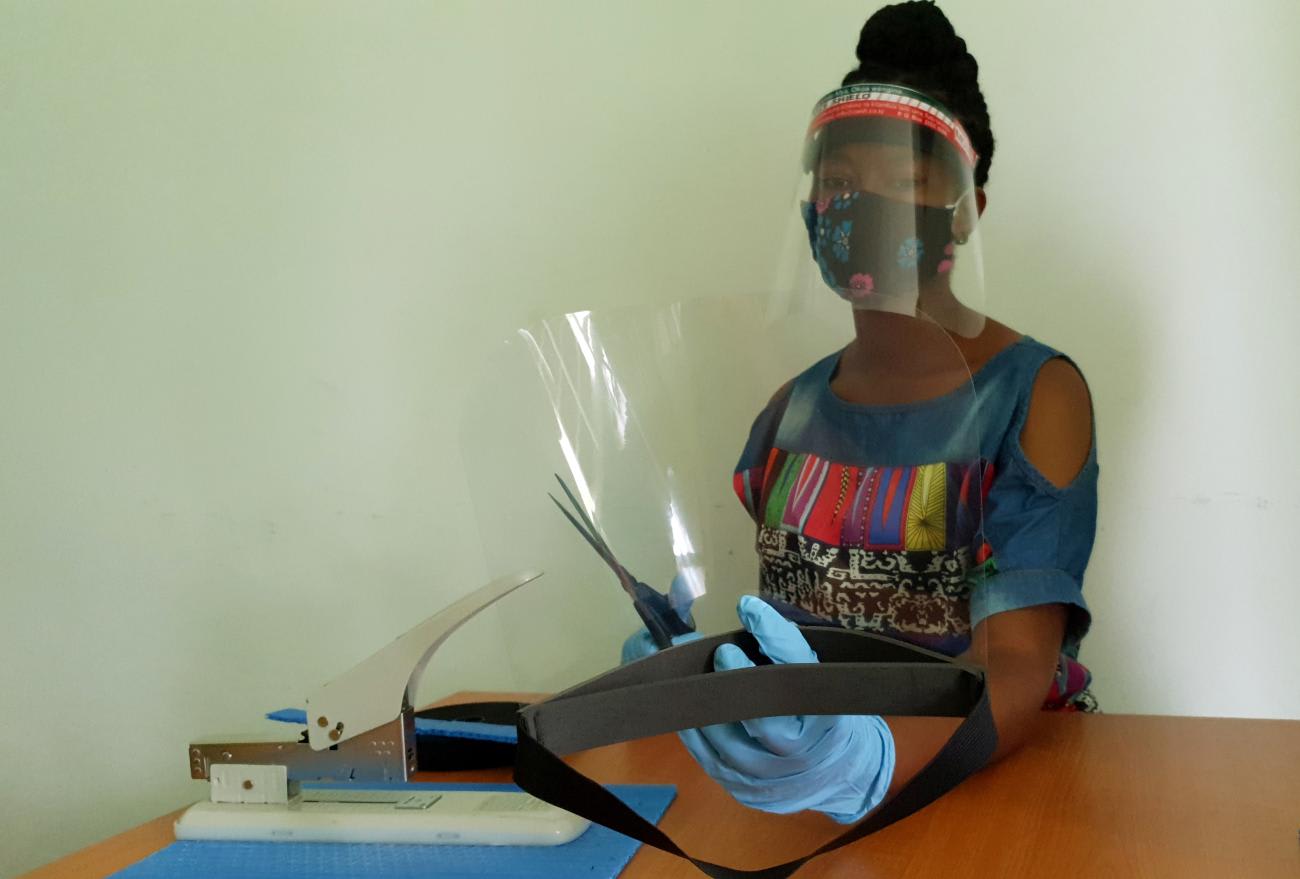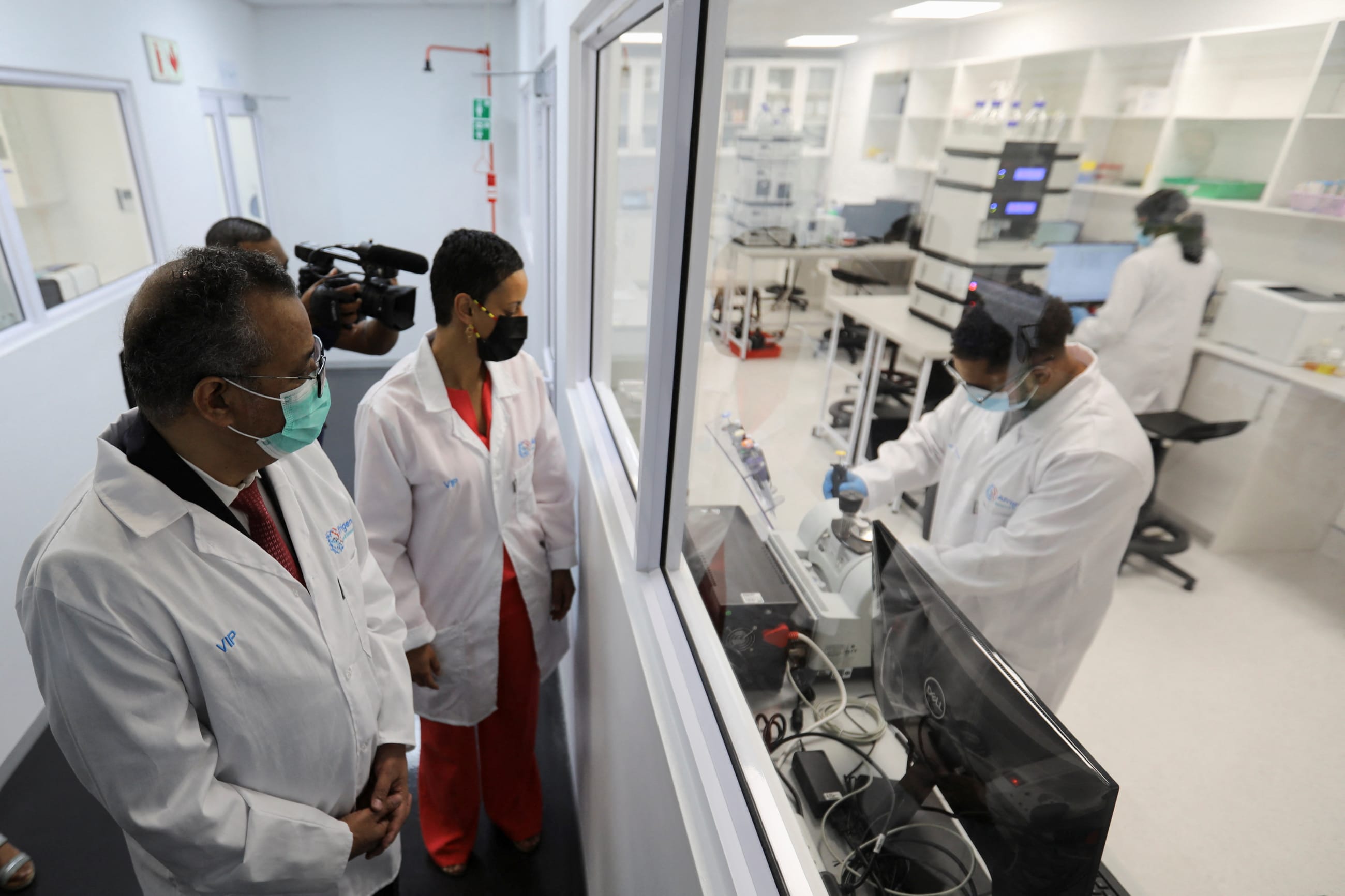Even before the COVID-19 pandemic wreaked havoc on health systems and the economy, it was clear that the world wasn't prepared for major health threats. Recognizing the need for a comprehensive approach to improve global readiness for pandemics and other health crises, public health leaders from eight African countries and Resolve to Save Lives identified five fundamental strategies and measures to improve health security. A recent roundtable discussion outlined what that looks like on the ground.
As the pandemic enters its fourth year, society is at a pivotal moment. The risk of pandemics is increasing and controlling pathogens is becoming more difficult because of the increasingly rapid spread of misinformation and disinformation.
Activating Political Leadership and Tackling Misinformation
Deliberate investment in national-level public health systems is important but can't happen without engaged political leadership. In Uganda, the Office of the Prime Minister convenes all sectors at least once a year so that progress can be tracked and accelerated. It's crucial to make improvements even when there is no emergency. Between outbreaks, teams work with different sectors to make steady improvements.
Many public health acts are outdated and more than fifty years old.
Many countries either lack public health legislation or have public health acts that are outdated—some are more than fifty years old, including Uganda's. To help improve public health legislation in Africa, Resolve to Save Lives placed acceleration teams in several countries. These teams, which include a legal advisor to support appropriate legislation and regulation to enable responses to public health emergencies, are embedded in ministries of health and partner with animal health sectors to increase preparedness. More broadly, these acceleration teams ensure steady progress on preparedness; in many countries, staff who are working on outbreak detection and response simply don't have the time to ensure steady progress driving down future risks.

By activating political leadership, public health practitioners can also more effectively combat misinformation. Communities should be able to trust information that governments and health-care organizations and health-care providers share. In many countries, however, COVID and the response to it undermined confidence in governments and in public health. When health issues are used to make political points and access to or trust in well-sourced information and education is limited, accurate understanding and effective action become more difficult. Countering misinformation requires establishing trusted institutions and voices before a crisis and tapping into trusted voices that can communicate with their respective communities.
Prioritizing Country Capacity for a Multisectoral Approach
Because pandemic preparedness and response involve so many parts of a society, it's essential to have a multisectoral framework formalized and embedded in the government structure. One example, in Tanzania, is the National Action Plan on Health Security, which involves a multisectoral committee to track progress and coordinate implementation of the public health response. Reports on the progress of implementing the action plan have been shared and discussed with the national parliament and leaders of relevant branches of government.

Responding Quickly: 7-1-7 target
Continuing outbreaks have highlighted the importance of streamlining partnerships and ensuring that donors fit within the national action plan for preparedness rather than the other way around. Metrics such as the 7-1-7 also help. The 7-1-7 target is to identify every outbreak within seven days, report to public health within one day, and have all essential control measures in place within seven days.
In Uganda, the National Public Health Emergency Operation Center was able to identify bottlenecks in their ability to respond by using the 7-1-7 approach during the recent Ebola Sudan outbreak. That analysis was able to improve outbreak response and help end it and also to inform resilience planning against future outbreaks. Such an approach pinpoints the problem, whether it's clinicians taking too long to recognize the disease, health-care workers not knowing how to report an outbreak, or a resource gap where donor funding has to come in before responses can be initiated. The 7-1-7 target facilitates as "find a problem, fix a problem" approach.
Closing Window of Opportunity
Discussions of revisions to the International Health Regulations that guide outbreak prevention, detection, and control, and to a new treaty on pandemic preparedness are intensive and controversial. But what risks getting lost is the ground reality of improving country capacity. Ultimately, reduced global risk requires stronger more, resilient countries. The deadly and economically devastating COVID-19 pandemic required involvement of heads of state and other leaders in nearly all countries of the world.
The window of opportunity to make the world much safer is closing. One way forward is to focus on the actual implementation of specific plans in countries and the measurement and improvement of targets such as 7-1-7, which can accelerate progress, be useful in advocacy to increase national and global resources, and improve accountability, further increasing the willingness of those who control the purse strings to invest in preparedness by demonstrating the utility of this funding not only in a future pandemic but also in stopping the health threats that emerge today.













